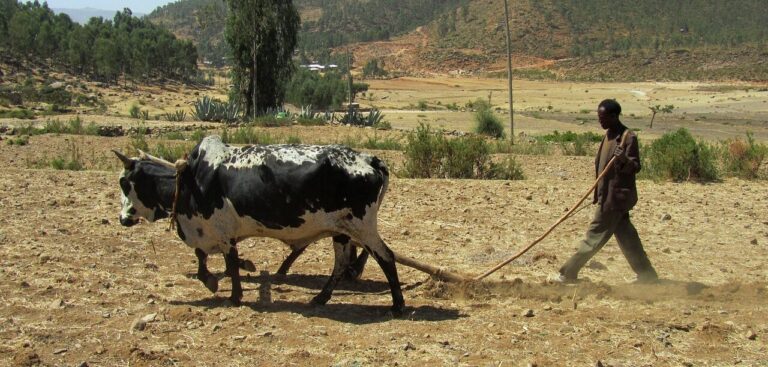Meteorological agencies and charity partners have issued an alert calling for urgent humanitarian efforts in response to the ongoing drought in the Horn of Africa.
According to the joint statement, seasonal forecasts suggest a reasonable chance that the upcoming March-May rains will again underperform. Should this occur, it would be an unprecedented sixth poor season and have devastating consequences for communities.
The open letter states that, regardless of seasonal performance, humanitarian needs will remain high in 2023, and multi-sectoral assistance must be scaled up to save lives. The joint alert has been issued by the WMO, UNICEF, the World Food Programme, the Climate Hazards Center, and the Famine Early Warning Systems Network, among others.
The current drought began with the poor performance of the October-December 2020 rains and has since deepened, with all four subsequent seasons also performing poorly. According to forecasting experts, the upcoming March-May rainy season will most likely be below normal to normal, and is unlikely to be above normal. If the area does experience below-average rains, the Horn of Africa would experience an unprecedented sequence of six below-average rainy seasons.
Although current forecasts must be treated with a degree of caution as global models are less reliable in the region at this time of year, techniques linked to multiple studies of Pacific Sea surface temperatures have worked well in the past and provide a strong signal for below-normal rains, giving more weight to a below-normal scenario, potentially similar to 2017.
An assessment of areas of Ethiopia that experience a belg rainy season (when rains fall from February-May) shows a similar outlook. Above-normal temperatures are also forecast, which will likely wilt crops, as well as vegetation vital for the survival of livestock. An increased chance of below-average rains in March is also indicated, and any delay in the rains will have significant impacts on cropping areas with short growing seasons.
Current model runs show a greater than 50% probability of an El Niño forming during the second half of 2023, though very early forecasts carry considerable uncertainty. Were an El Niño to materialize, it could result in reduced rains in the highlands of Ethiopia, western Kenya, parts of South Sudan and Sudan toward the end of the June-September season, followed by abundant rainfall over currently drought-affected areas of the Horn of Africa between October and December.
The statement says that although it is very early to speculate on the performance of these later rainfall seasons, heavy rainfall in a short period could add additional shocks (such as flash floods and water-borne diseases) to communities already suffering from three years of drought and, in some cases, other shocks (conflict, high food prices). The accuracy of El Niño-Southern Oscillation (ENSO) forecasts will improve around April/May and at that point, forecasts for these later seasons and potential impacts will be evaluated. The current humanitarian emergency will likely persist until at least late 2023, requiring high levels of assistance to prevent further deterioration.



